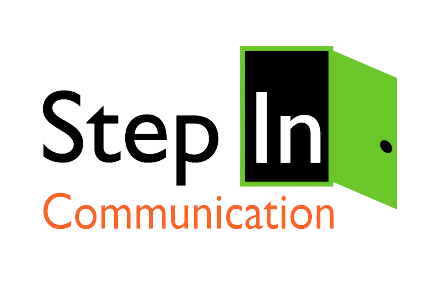A friend was recently lamenting his frustration on yet another crazy board meeting. The group dynamics were contentious and the meetings went way too long. The leader often stifled conversation during meetings.
After serving 12-plus community organizations in the past 10 years, I have experienced boards, committees and organizations with a wide range of communication dynamics and interaction styles. It’s no surprise that not all group dynamics are effective. Here are some illustrations of boards who didn’t get it right. Which ones have you served on?
The Rubber Stamp Board
This group moves business according to the agenda and based on past formulas. They do not discuss, but present, approve and move on. They’re all physically present, but not engaged.
The Feedback Loop Board
This group has analysis paralysis. Each time they come close to making a decision, they stop, gather more information and begin the discussion process all over again. They are overly engaged, but not productive.
The Saving Face Board
This group is concerned about image more than action on behalf of the organization. Chances are they are recovering from a catastrophe of some sort.
The Family Feud Board
This group spends more time arguing than they do performing. No action is taken without a fight. Members leave each meeting frustrated and stressed.
The Monster Board
This board is so large that just getting them to show up is action enough. It’s a blessing when they read the agendas provided for each meeting.
The All-Business Board
This group handles business with lightning speed, but lacks the passion for the mission of the organization and have no idea what the other board members do in their professional lives.
The Countdown Board
This is a group with a significant number of members who are about to term out. This puts the tem into a holding pattern.
The Desperate Despot Board
This is a board with an overzealous leader. Don’t cross him or her because it will throw a monkey wrench into the works.
The Larger-than-Life Board
This is a board driven by the “see and be seen” mentality. It’s more about who is on the board than what they can contribute to the benefit of the organization.
While these illustrations exaggerate characteristics of boards and committees who are struggling, there are three key characteristics which can create better balance in your board.
- Good Communication. The ability of a group to complete the service for which it is gathered is largely dependent on good group communication.
- Consistent Engagement. This means communicating to the board between board meetings and providing regular updates on projects, finances and other routine business.
- Reasonable Expectations. This is an important first step in recruiting and maintaining board members. What is the expectation of time and financial commitment? Is the group an advisory group or are they invested in the oversight of the organization?
Boards need to have a balance of communication, engagement and expectations to avoid becoming the “Family Feud Board” or the “Rubber Stamp Board.”
With planning and attention, pretty soon your board might be called by another stereotype: The Perfectly Balanced Board.
Here are some resources about effective boards and ideas to strengthen boards.
Have you ever served on a board like this? How did you struggle through it? I would love to see your comments below.
